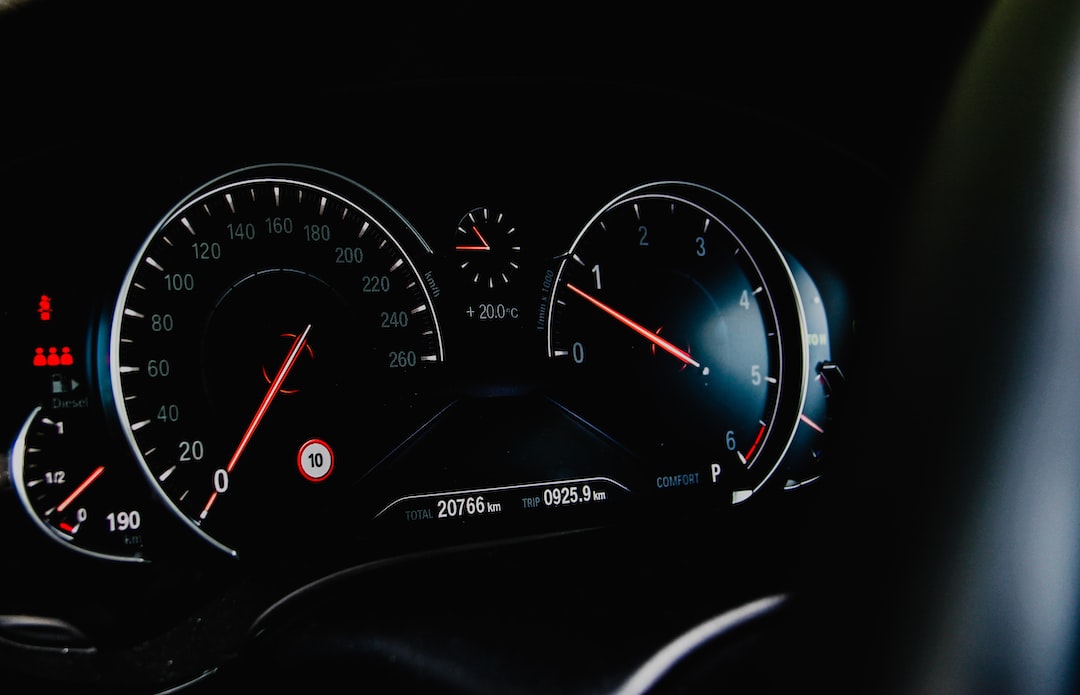From the earliest steam engines to the dazzling supercars of the present, car designs have undergone a fascinating evolution. The intriguing history of car designs highlights not only the advancements in technology but also the changing tastes and aspirations of society. As we delve into this journey through time, we discover an amalgamation of art, engineering, and innovation that has shaped the automotive world as we know it today.
In the late 19th century, the first automobiles emerged as rugged, horse-drawn carriages transformed into self-powered vehicles. These early designs prioritized functionality over aesthetic appeal. However, as the automotive industry grew, so did the desire for more visually appealing cars. With the advent of Henry Ford’s assembly line in the early 20th century, cars became more accessible to the masses, and automakers began experimenting with different designs.
One notable era in car design history is the Art Deco period of the 1920s and 1930s. Inspired by the aesthetics of the time, cars exuded luxury and elegance; their sleek lines, rounded edges, and chrome accents reflected the opulent and glamorous lifestyle. Automakers such as Packard, Bugatti, and Duesenberg competed fiercely to produce the most stylish vehicles, each with its own unique design language.
As the world plunged into war during the mid-20th century, car designs took a backseat to the demand for military vehicles. However, following World War II, a robust economic recovery accompanied a surge in automobile production and innovation. This period witnessed the birth of several iconic car models, each with its own distinct design. The curvaceous forms of the Cadillac Eldorado, the aerodynamic shape of the Volkswagen Beetle, and the futuristic features of the Chevrolet Corvette all captured the imagination and desires of consumers.
The 1950s and 1960s marked a turning point in car design, as technology and market demands propelled automakers to push boundaries. The rise of the muscle car era introduced powerful engines and aggressive designs that catered to the need for speed. Brands like Ford, Chevrolet, and Plymouth battled for dominance, with cars like the Ford Mustang, Chevrolet Camaro, and Plymouth Road Runner captivating enthusiasts with their powerful performance and muscular aesthetics.
However, it was during the oil crisis of the 1970s that car designs underwent a significant transformation. With the sudden surge in fuel prices, automakers were forced to prioritize fuel efficiency over performance. This gave rise to compact and economical cars with streamlined designs that aimed to reduce wind resistance and maximize fuel efficiency.
In recent decades, as concerns about climate change and sustainability emerged, car designers began prioritizing eco-friendly designs. Electric vehicles became more prominent, with automakers like Tesla leading the way in creating sleek and futuristic designs that embraced sustainability.
Today, car designs continue to evolve, with a shift towards autonomous vehicles and futuristic concepts. The landscape is witnessing a blend of traditional designs with cutting-edge technology, resulting in cars that not only look sleek but also prioritize safety and efficiency.
The evolution of car designs is a testament to the ever-changing dynamics of society. From the early functional designs to the luxurious and sporty models of the mid-20th century, and now the eco-conscious and technologically advanced vehicles of the present, car designs have always mirrored the desires, aspirations, and values of the time. As the automotive industry continues to push boundaries, we can only imagine what the future holds for car designs – a fusion of art, technology, and innovation that will continue to amaze and captivate us.

